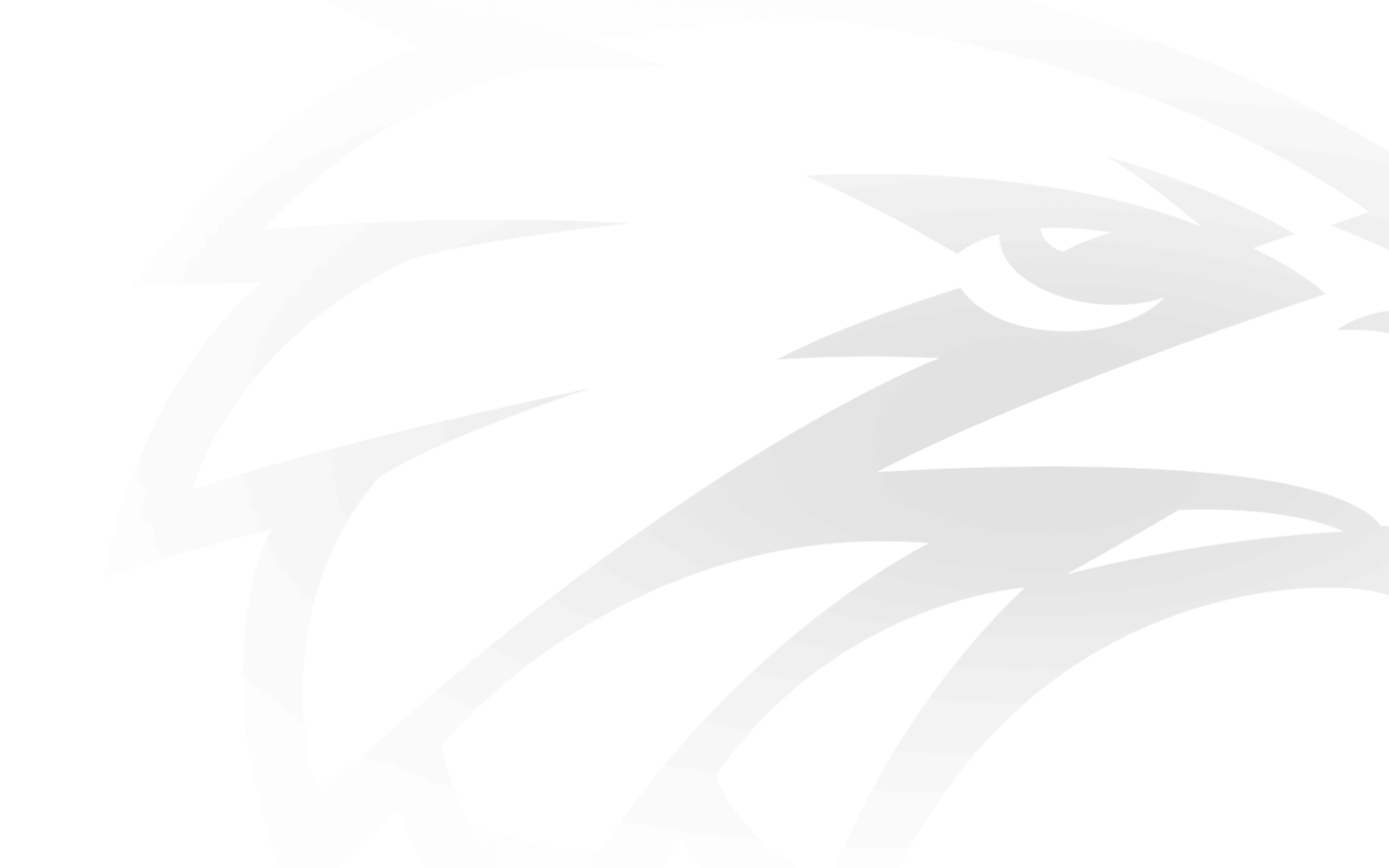If you’re looking for an inspiration, a female role model, or a reason we have an AFLW league at all, look no further than Jan Cooper, a true pioneer of women’s football.
Jan Cooper, or ‘Coops’, as she’s more affectionately known, has become the face of an institution – leading the way for female footballers for decades.
“It’s such a privilege to be working with so many intelligent, brave, dynamic young women, so they actually inspire me.” Cooper said.
“If they think I’m a role model for them, then that’s fabulous, but I think I get more from them than they do from me.
“Even though I’m trying to give them the knowledge of the elders,” Cooper laughed.
It hasn’t been an easy road for Cooper, who first started lobbying for the league a decade ago.
Her work as an AFLW trailblazer was done mostly behind the scenes, where she and the Female Football Development team increased national female football participation from 16,000 to more than 640,000.
Cooper has had to overcome major hurdles, from sexism to unconscious bias, and said she had to hear things that made her feel ‘sick at times’, in order to get the league off the ground.
“There’s been some quite traumatic (moments) … being asked things like ‘if girls play this brutal code, won’t it destroy their femininity'?” Cooper recalls.
“The thing there is, you’re assuming women don’t want to challenge their bodies.
“Or, ‘it’s a game that’s for macho roguish men, not petite feminine women’.
“And my point to that is, ‘what’s your definition of femininity’?
Cooper also had to struggle through challenges, including lack of facilities.
For example, there were disagreements surrounding shower curtains being installed at some grounds, and whether this process would bring disruption to the men’s season.
“Arguments about lack of resources – ‘if we resource women’s football, won’t it take away from the men’s?'" Cooper said.
“No, it actually won’t."
But, at this stage, these were all just ideas.
To help get the league off the ground, Cooper had to then turn these ideas into a reality … and the only way to do that was to attack the source head-on.
“If the messengers are the decision makers in the code, then I have to sit with the decision makers, so I could make them see this is the right thing to do.” Cooper said.
“So I would manipulate using the events managers at functions to say ‘who am I sitting next to or around’?
“Then I’d go, can you put me near the CEO, so I can try and sell them the idea of females playing, coaching, umpiring, and administrating the code’?
“If I don’t get near them, I can’t sell them the idea.
But, the lobbying didn’t stop there – Cooper also set herself, and the league, a goal to get a quarter of a million women playing football.
That would be enough for there to be a depth of talent to have a national league.
“When we (the AFL Female Football Development team) set the vision in 2010, we felt we had to get 250,000 women and girls running around as registered players.” Cooper said.
“We smashed that.
“We were now looking more like 500,000.
“So, in 2016, (AFL CEO) Gillon (McLachlan) said out of the blue, ‘right we’re going to start a female league next year’.
“In hearing that, I panicked because I thought we’re not going to be ready, but then I went ‘nup, bring it on’.
“We were ready, and the rest is history.”
Now, Cooper is the Player Wellbeing Manager West Coast Eagles AFLW side.
Her practice of mindfulness assists in grounding the girls whether they’re on the road, playing at home, or simply at training.
For Cooper, who had always admired CEO Trevor Nisbett's leadership and founding Head of Female Football Adam Selwood, to work at West Coast this closely with the girls was a dream come true.
“I know it sounds cliché, but I do really get goose bumps every time watching, whether it’s a game on TV, or watching the Eagles run out.” Cooper smiled.
“I get a goose bump moment where I just think ‘oh my God’.
“My heart swells.”


